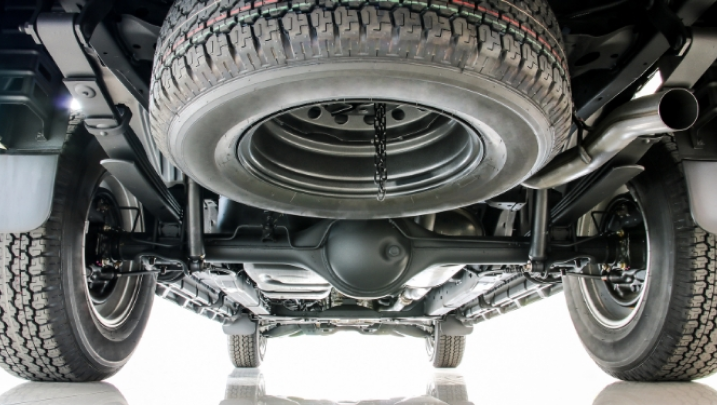
Axles Buying Guide
Choosing the right axles for your truck is crucial for performance and safety. This guide simplifies the process, covering types, configurations, considerations, and maintenance tips. Whether upgrading or replacing, it will guide you through the decision-making process, ensuring you're well-informed and supported in optimizing your truck's performance and durability.

The axle ratio in a vehicle refers to the number of times the driveshaft must rotate to turn the wheels once. The numerical format, like 3.73:1, indicates how many times the driveshaft rotates for each wheel rotation.
Choosing the correct axle ratio depends on your vehicle's intended use: lower ratios are better for fuel efficiency, and higher ratios are better for towing power and off-road capabilities.
What To Look For
When purchasing air and fuel delivery components for your vehicle, it's essential to consider several critical factors to ensure compatibility, performance, and reliability. Here's what to look for:

Axle Type
Based on your vehicle's configuration (2WD or 4WD) and intended use, determine whether you need a front axle, a rear axle, or both.

Payload and Towing Capacity
Match the axle's load rating to your truck's maximum payload and towing capacities to ensure safety and longevity.

Gear Ratio
Based on your driving needs, select the appropriate axle ratio (e.g., 3.73:1, 4.10:1)—higher ratios provide more torque for towing, while lower ratios enhance fuel efficiency.

Durability and Build Quality
Look for axles made from robust materials like forged steel or alloy, with features like heat treatment for durability and corrosion resistance.

Ease of Installation
Consider axle assemblies compatible with your truck's make and model, ensuring straightforward installation and compatibility with existing components.

Warranty and Support
Opt for axles backed by a manufacturer's warranty and comprehensive customer support to address any issues or concerns.

Cost and Value
Balance initial cost with long-term value, considering factors like maintenance requirements and expected lifespan.

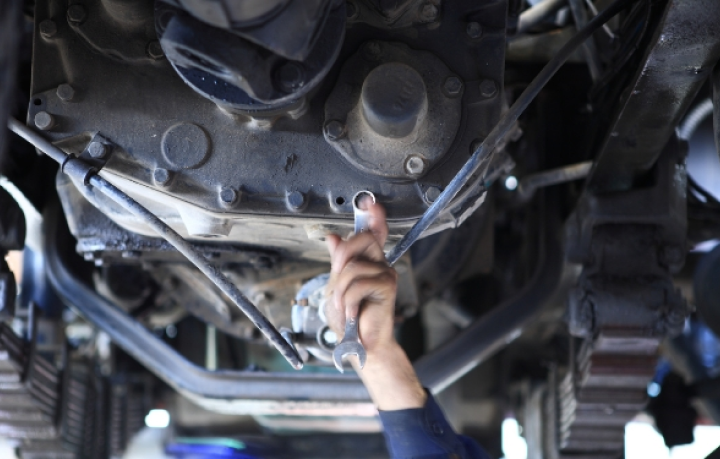
Axle Components
Regarding your truck's axle system, several essential components work together to ensure smooth operation and performance. Here's a breakdown of key axle components:
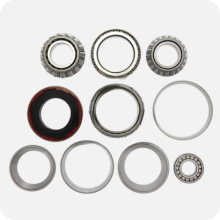
Differential
This component allows the wheels to rotate at different speeds while receiving power from the driveshaft.
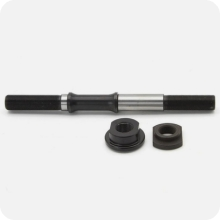
Axle Shafts
These shafts transmit torque from the differential to the wheels, allowing them to turn.
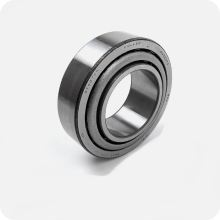
Bearings
Bearings support the axle shafts and reduce friction, ensuring smooth rotation.
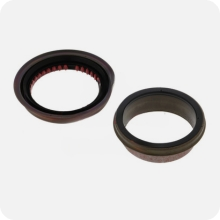
Seals
Seals prevent lubricants from leaking and contaminants from entering the axle housing, maintaining optimal performance.
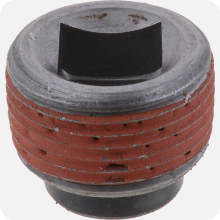
Housing
The axle housing encases the differential axle shafts, bearings, and gears, protecting them from damage.
Types of Axles
Trucks come with different types of axles to suit various needs and conditions. Here are the main types:

Solid Axle
This axle strongly connects both wheels with a single piece of metal.
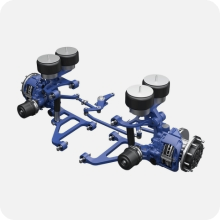
Independent Front Suspension (IFS)
Each wheel moves independently, improving comfort and handling on rough roads.
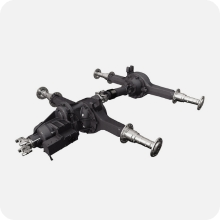
Tandem Axle
Used in larger trucks and trailers, it supports heavier loads and provides stability.

Drive Axle
Located at the rear, it transfers power from the transmission to propel the truck forward.
Understanding these axle types helps you choose the right one based on your truck use and driving conditions.

SIGNS YOU NEED TO REPLACE YOUR AXLE COMPONENTS
Knowing when to replace axle components is crucial for maintaining vehicle safety and performance. Here are common signs that indicate it's time to replace your axle components:
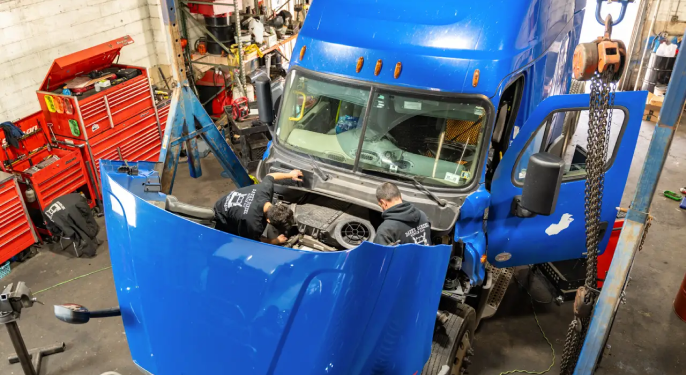
Unusual Noises
Grinding, clicking, or popping noises when turning or accelerating can indicate worn-ou
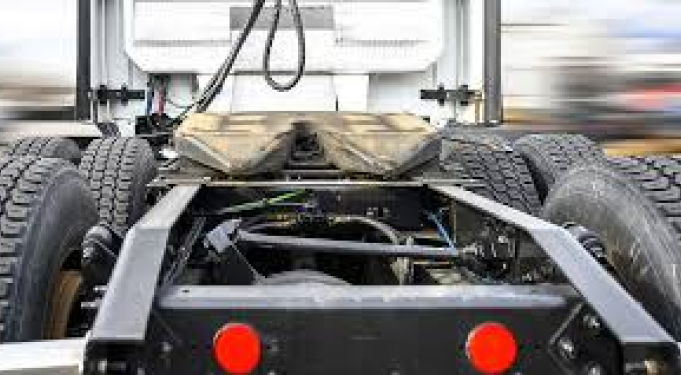
Vibration
Excessive vibration, especially at higher speeds or during acceleration, may suggest issues with axle shafts, CV joints, or differential components.
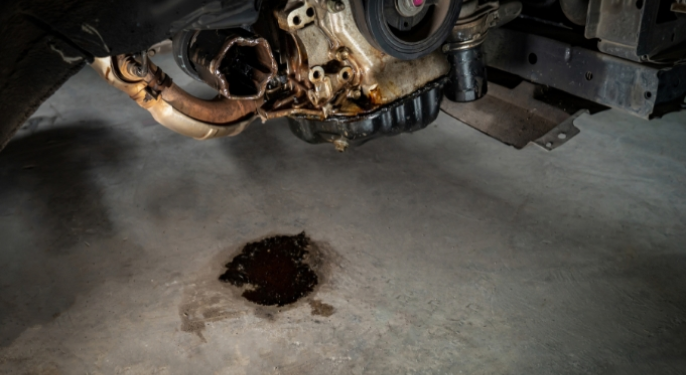
Leaking Fluids
Fluid leaks around axle seals or differential housing indicates potential damage or wear that requires inspection and possibly replacement.

Uneven Tire Wear
Uneven wear patterns on tires, such as cupping or scalloping, can be caused by worn-out axle components affecting wheel alignment and stability.
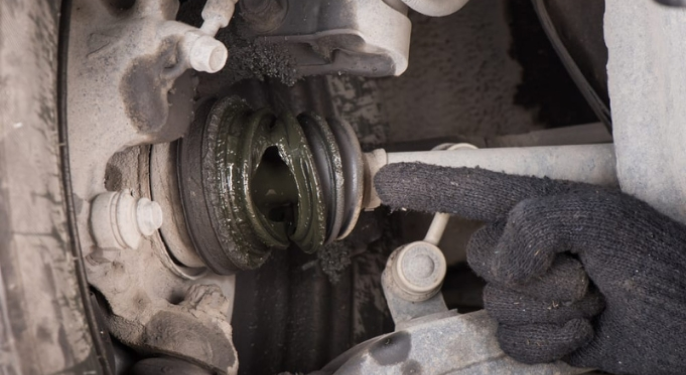
Axle Shaft Damage
Physical damage to axle shafts, such as bends, cracks, or corrosion, can compromise structural integrity and should be addressed promptly.

ABS Warning Light
An illuminated ABS warning light could indicate issues with wheel speed sensors or ABS rings, often located on axle components.

Difficulty Turning
Difficulty or resistance when turning, especially at low speeds, may indicate worn-out CV joints or axle shafts.
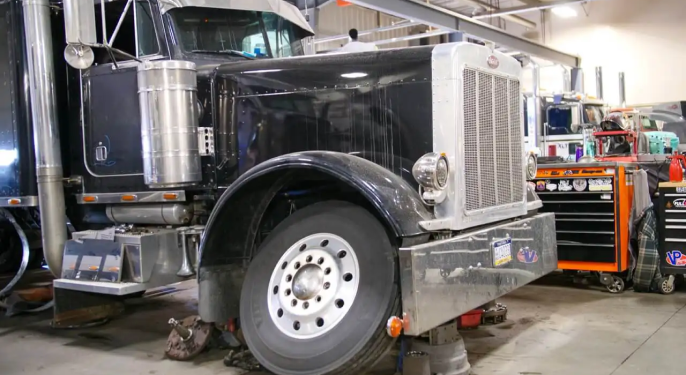
Excessive Play or Movement
When manually tested, excessive play or movement in axle joints or shafts can indicate worn-out or damaged components.

Decreased Performance
Reduced acceleration, power delivery, or fuel-efficiency could be symptoms of axle-related issues affecting drivetrain performance.

Visible Damage or Wear
Visual inspection revealing visible damage, rust, or excessive wear on axle components should prompt replacement to prevent further damage.
SUMMARY
Understanding your truck's axle system is essential for maintaining its reliability and performance. From selecting the proper axle ratio to recognizing signs of wear, this guide simplifies choosing, maintaining, and replacing axle components. Whether you prioritize fuel efficiency, towing capacity, or durability, regular inspection and timely replacements ensure your truck operates safely and efficiently. By following these guidelines, you can prolong the lifespan of your truck's axles and enjoy trouble-free driving under various conditions.
